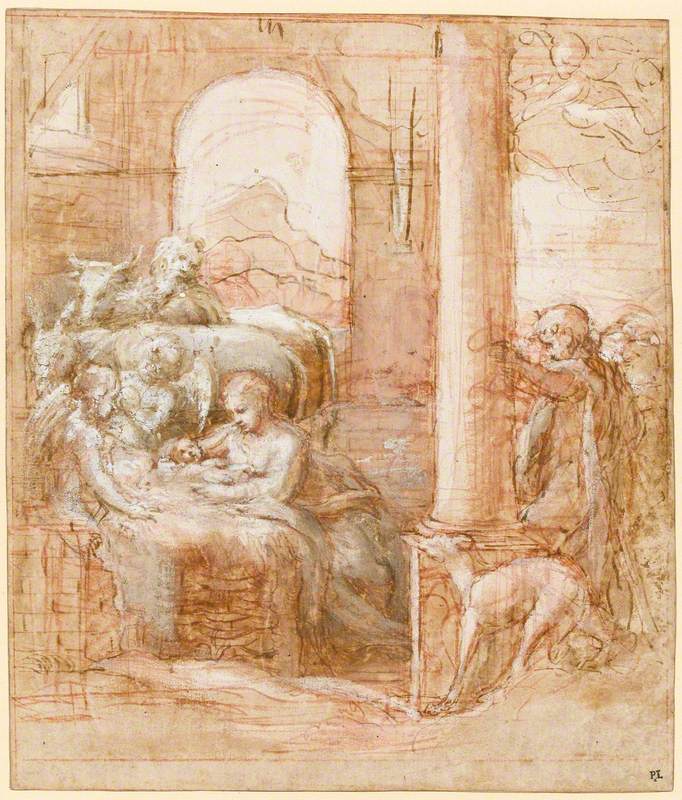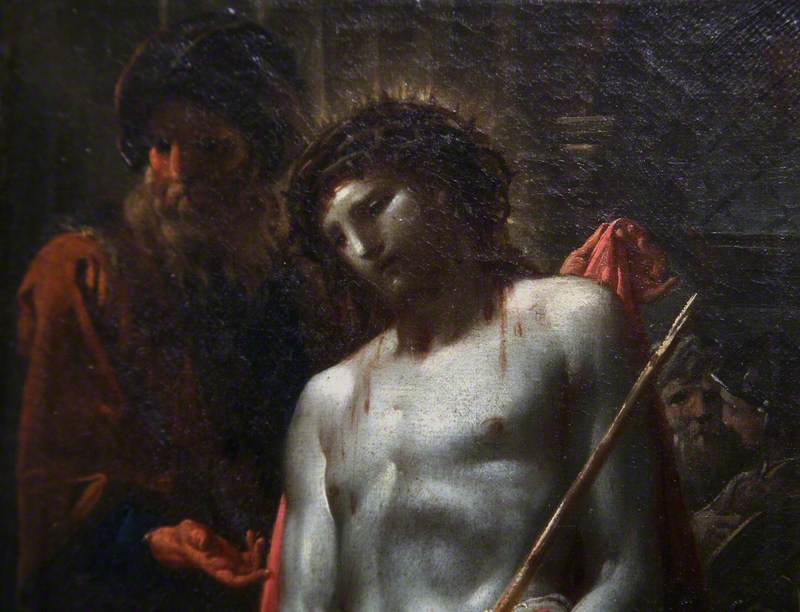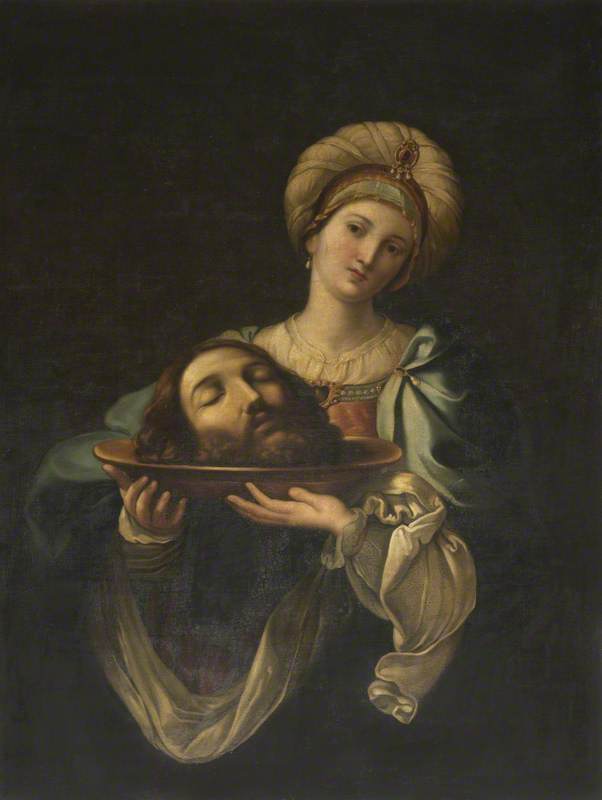(b Correggio, c.1490; d Correggio, 5 Mar. 1534). Italian painter, named after the small town in Emilia where he was born and died. Although he worked mainly in provincial centres, he was one of the most sophisticated artists of his time, blending disparate sources into a potent synthesis, and although his reputation in his lifetime was modest, he had enormous posthumous fame and influence. His early career is poorly documented and his artistic education has to be conjectured on stylistic grounds. He probably received a rudimentary training from his uncle, the painter Lorenzo Allegri (d1527), but the most obvious source of inspiration for his early development is Mantegna, and he may well have studied in Mantua (which is fairly near his home town), possibly even with the aged Mantegna himself.
Read more
His first surviving documented work is the Virgin of St Francis (1514–15, Gemäldegalerie, Dresden), commissioned by the church of S. Francesco in Correggio; by the time he painted this he was also influenced by Lorenzo Costa (in the pearly colouring) and by Leonardo (in the characteristic pointing finger of St John). Later he absorbed more of Leonardo's introspection and his soft sfumato, which helped to create his fluid, elegant, and alluring style. Another strong source of influence on Correggio's work comes from Rome; it is now generally assumed that he visited the city early in his career, probably around 1518, although Vasari implies that he never went there and the impact of Raphael and Michelangelo could be accounted for by drawings and prints, which were known all over Italy.Correggio's most characteristic paintings are altarpieces and small devotional works, often very tender and intimate in feeling. However, he also produced a number of major frescos in Parma, which is about 30 km (20 miles) from his home town. He is first documented there in 1520, but the earliest of his commissions in the city was probably carried out a year or so before this—the fresco decoration of the abbess's room in the convent of S. Paolo. The theme of the paintings is Diana, goddess of chastity and the chase (an unusual subject for a convent, but the abbess was a worldly and intellectual woman); in the vaulted ceiling Correggio uses Mantegna's idea of a leafy trellis framing putti and symbols of the hunt. This work was followed by two great dome paintings in Parma, in which Correggio developed the illusionist conception—already used by Mantegna—of depicting a scene as though it were actually taking place in the sky above (see sotto in sù, di). The first of the dome paintings, the Vision of St John the Evangelist on Patmos (1520–4), is in the church of S. Giovanni Evangelista: the twelve Apostles sit on clouds round the base, while Christ is shown in steep foreshortening ascending to heaven. In the second dome, that of Parma Cathedral, Correggio painted the Assumption of the Virgin (1526–30), using the same principle, but on a larger scale and with still more daring foreshortening. These works reveal Correggio as one of the boldest and most inventive artists of the High Renaissance. They were too audacious for some contemporaries (a priest at the cathedral described the fresco there as a ‘stew of frogs' legs’), but they were highly influential on the development of Baroque dome painting (one of the most important artists in this field, Lanfranco, was a native of Parma). Other aspects of Correggio's work were even more forward-looking, for his extraordinarily sensuous mythologies, notably the series on the Loves of Jupiter painted for Federigo Gonzaga in c.1530–2 (Ganymede and Jupiter and Io in the KH Mus., Vienna; Leda in the Gemäldegalerie, Berlin; Danaë in the Borghese Gal., Rome), foreshadow the paintings of Rococo artists such as Boucher. It was at this time that Correggio's renown was at its height: he was ranked almost on the same level as Raphael (Mengs was named after both of them by his artist father). Subsequently his reputation has declined somewhat, but his place as one of the greatest painters of his age is secure.
Text source: The Oxford Dictionary of Art and Artists (Oxford University Press)















